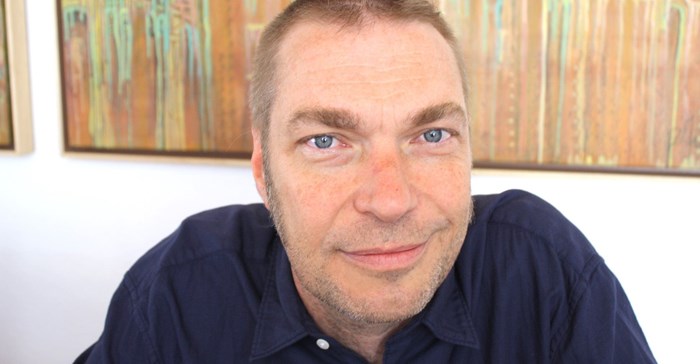
Top stories


Marketing & MediaCammy Msimango on finding her footing in South Africa’s fast-moving digital newsroom
Esther Tomorrow, MDNTV 22 hours




More news




While SMA is one of the first muscle-wasting conditions to be successfully treated by genetic therapies, it certainly won’t be the last. New genetic therapies are emerging for a range of rare, and previously untreatable, muscle-wasting conditions, including the likes of Limb Girdle Muscular Dystrophy, Friedreich’s Ataxia, and others.
SMA treatments have made global headlines as much for their price tab as for their efficacy. At R38m, Zolgensma, typically administered as a one-time treatment (provided by global pharma-giant Novartis), once ranked as the most expensive medication in the world.
Spinraza, provided by Biogen, costs between R11- and R13.7m in the first year, and then roughly R6.8m every year thereafter. Evrysdi, provided by Roche, has a list price in the region of R220,000 per 80 millilitres, with daily drops required throughout the patient’s life.
For western countries with large patient groups and financially robust health systems, these eye-watering costs haven’t been a barrier to uptake. Ultimately, the price still compares favourably to the overall cost-of-care to the health system, given their ability to reduce the long-term care requirements.
In mid-income countries, however, the scenario is different. The New York Times recently reported that a constitutional court judgement, forcing Brazilian national health to pay for Zolgensma, now threatens to bankrupt the country’s health system – putting the healthcare of millions of citizens in peril.
Brazil’s struggle to align its constitutional principles with its social and financial realities offers a case study in the challenges that most mid-income and developing economies are likely to face in accessing genetic therapies.
This is a very complex area that requires active involvement from government policy makers, private and public funders and pharmaceutical companies. Unless a country takes clear, co-ordinated steps to develop a policy framework able to meet the challenge, patients are left to fight for life-saving treatment on their own, with public-health patients vastly disadvantaged in the battle.
An advisory committee of the FDA voted in favor of accelerated approval for SRP-9001, an experimental gene therapy for Duchenne MD. https://t.co/XczWMwCcZL pic.twitter.com/DjVo1CH9RM
— Muscular Dystrophy News Today (@mdnewstoday_) May 16, 2023
The South African scenario is made particularly complex by the fact that its diagnostic capacity for rare diseases is generally very poor. When it comes to muscle-wasting conditions, for example, thousands of South African families are left to cope with extremely severe – and often fatal – conditions undiagnosed.
Diagnosed patients who are members of medical-aid schemes are also routinely rejected for basic cover, even though muscular dystrophy and neuro myopathies are listed PMB conditions, which means that government and private funders are required by law to fund them.
If South Africa doesn’t take collective action soon, we will be a country that simply ignores certain types of illness. The frustration is that all the different roleplayers recognise this, and have formulated a body to develop the required Rare Diseases policy framework, but progress is extremely slow. We’re at risk of talking occasionally about the issue for the next decade without actually doing anything.
The body being referred to here is the Rare Diseases Access Initiative (RDAI), led by the NGO Rare Diseases SA (which also won a groundbreaking rare disease court case last year). While the RDAI is in many respects a vital development in South Africa, its work is at risk of failing to reach meaningful conclusion.
Rare Diseases SA has done incredible work in driving this process. But the key issue is one of national attention. There is little sense of urgency, because so few people in the country are even aware of the need for a rare diseases policy framework. To say it’s not part of the national conversation is a huge understatement.
MDFSA’s position is that a rare-diseases policy framework is in fact relevant to millions of citizens. Statistically, one in 15 South Africans will be impacted by a rare disease in their lifetime. If the country continues its current trajectory, patients can expect to have to wait a decade or more longer than other countries to access new genetic therapies - unless they somehow manage to win an individual battle for cover with a funder.
Far more pressure has to be placed on government, medical schemes and pharmaceutical companies to come to an agreement. At the Muscular Dystrophy Foundation of South Africa we believe speaking publicly about the issue is a crucial first step. The different roleplayers must state their positions on how to manage the cost of new genetic therapies clearly and publicly, and make themselves directly accountable. If we don’t do this, we’re effectively telling one in 15 of our citizens that we don’t care about their constitutional right to health care.